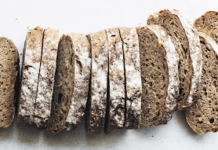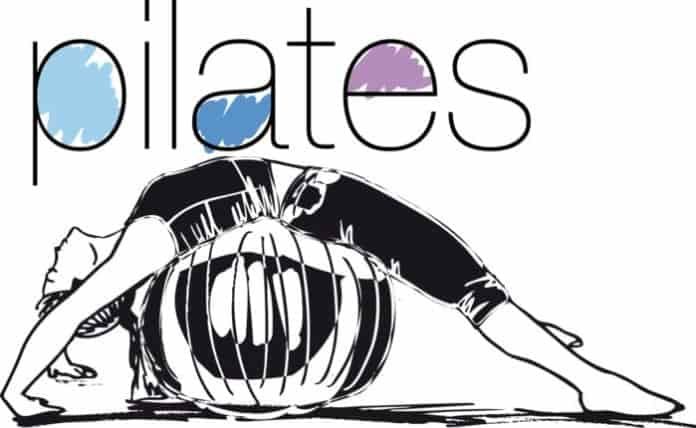“Pilates is so varied that chances are if you have ten Pilates instructors under one roof, none of them would agree with each other on what is the right way to practice Pilates”
Over the years, Pilates has been recognised as one of the most trusted forms of exercises for improving core strength, flexibility, and overall fitness. As a result, millions of people, from all across the globe, are practicing Pilates to get a step closer to their fitness goals. And though this is a good indication, the only thing that bothers us is that many who practice Pilates don’t have a basic understanding of the differences (and commonalities) between the various types and styles of Pilates.
If you, too, are planning to take up Pilates, or are already practicing it (but are unaware of the differences between the different types and styles of Pilates) here’s a quick rundown that will help you get the most out of your Pilates classes.
Types of Pilates – Classical Vs Contemporary
Broadly speaking, Pilates can be classified into two major types – Classical and Contemporary. One of the main differences between the two types is that while Classical Pilates aims at performing the exercises as per the traditional guidelines set by Joseph Pilate, the founder of Pilates, the Contemporary Pilates is a result of the modifications made by Pilate instructors to the classical style. Most of these modifications are made to make the exercise more effective and safer. The modifications are also based on the unique needs of different people practicing Pilates.The contemporary style of Pilates has more options in terms of sequencing of movements, progression of exercises and movement patterns, inclusion of props, and variations of exercises.
Styles of Pilates
Stott Pilates
It is a contemporary style of Pilates that was developed by Moira Merrithew (maiden name Stott). The Stott Pilates is different from Joseph Pilates’ original Pilates style in terms of it being more focussed on a neutral spine posture. The Stott Pilates is based on five basic principles – breathing, pelvic placement, rib cage placement, head and neck placement, and scapular movement and stabilization.
Mat Pilates
Mat Pilates was originally conceptualized by Joseph Pilates who began teaching Pilates using little to no equipment. The main focus of Mat Pilates is on strengthening the core that not just helps stay healthy, but it also helps avoid injury to the body. According to a study published in 2014, Mat pilates helps people with chronic back pain reduce their pain. Besides core and back, Pilates also helps target glutes, too. So, if you are looking to get rid of that beer belly, then Mat Pilates is the way to go!
Contemporary Studio Pilates
The contemporary studio classes are taught in studios under expert supervision, and are considered to be the most comprehensive Pilate style that cater to sports training, rehab, pregnancy, etc. Exercises often combine the classical variants in conjunction with contemporary variations: including equipment as well as modern learnings of physiotherapy and biomechanics. Instructors invent and modify exercises by utilising the full range of Pilates equipment, including the Trapeze Table, Wunda Chair and barrels, to achieve the best outcomes for their client. While this can be more expensive, the customization and services make it worth every penny!
Reformer Pilates
Although Reformer Pilates uses the same techniques as Mat Pilates, it is far more intense than Mat Pilates. Reformer Pilates is performed using a special machine or tool known as ‘The Reformer’. It offers a dynamic, full-body workout. Classes are guided through a series of exercises on the machine, using resistance springs to increase or decrease difficulty level. The reformer trains different parts of the body with just one relatively sleek piece of equipment. All kinds of exercises are done on the reformer to promote length, strength, flexibility, and balance. Though you might feel intimidated at first by looking at Reformer, but once you start using it you will realize that it is one of the best exercise equipment.
What style of Pilates is right for you?
These are just some of the many styles of Pilates that are practiced around the globe. Besides these, there are many other styles of Pilates that have been developed keeping in mind the goal of the person practicing it. If you want to know what is the best style of Pilates for you, first determine your goal. Once you know what your goal is, talk to a Pilates expert who would not just suggest the right Pilate style for you, but would also design a contemporary Pilates style for you, if required.
















[…] There are different pilate styles and they all differ from each other in terms of their approach and areas of effectiveness. Some of the forms that are popular around the world are mat , clinical, group reformer, and classical pilates. To know more about each of these forms, read our next post “Types of Pilates you Must Know Before you Choose One“. […]